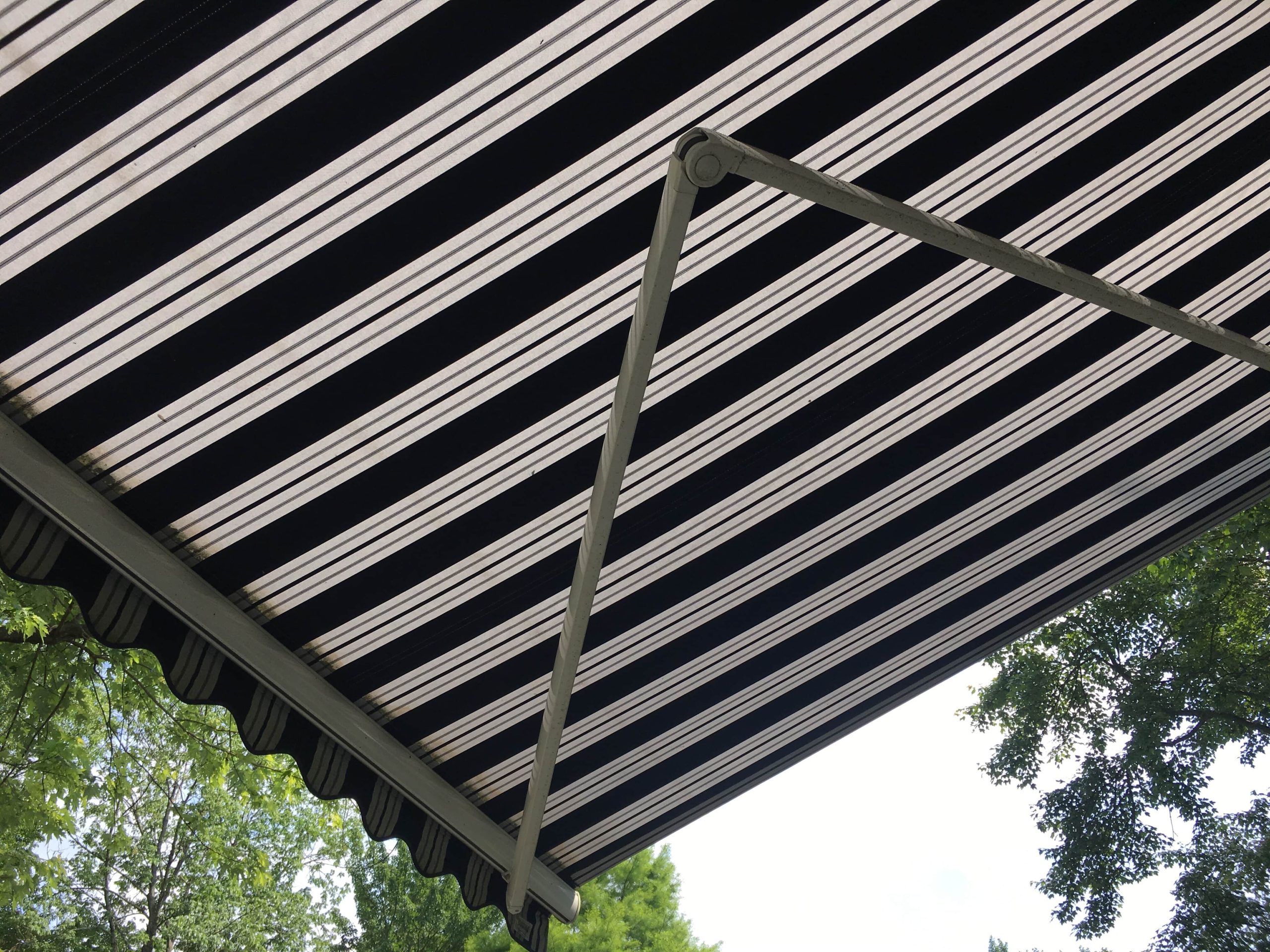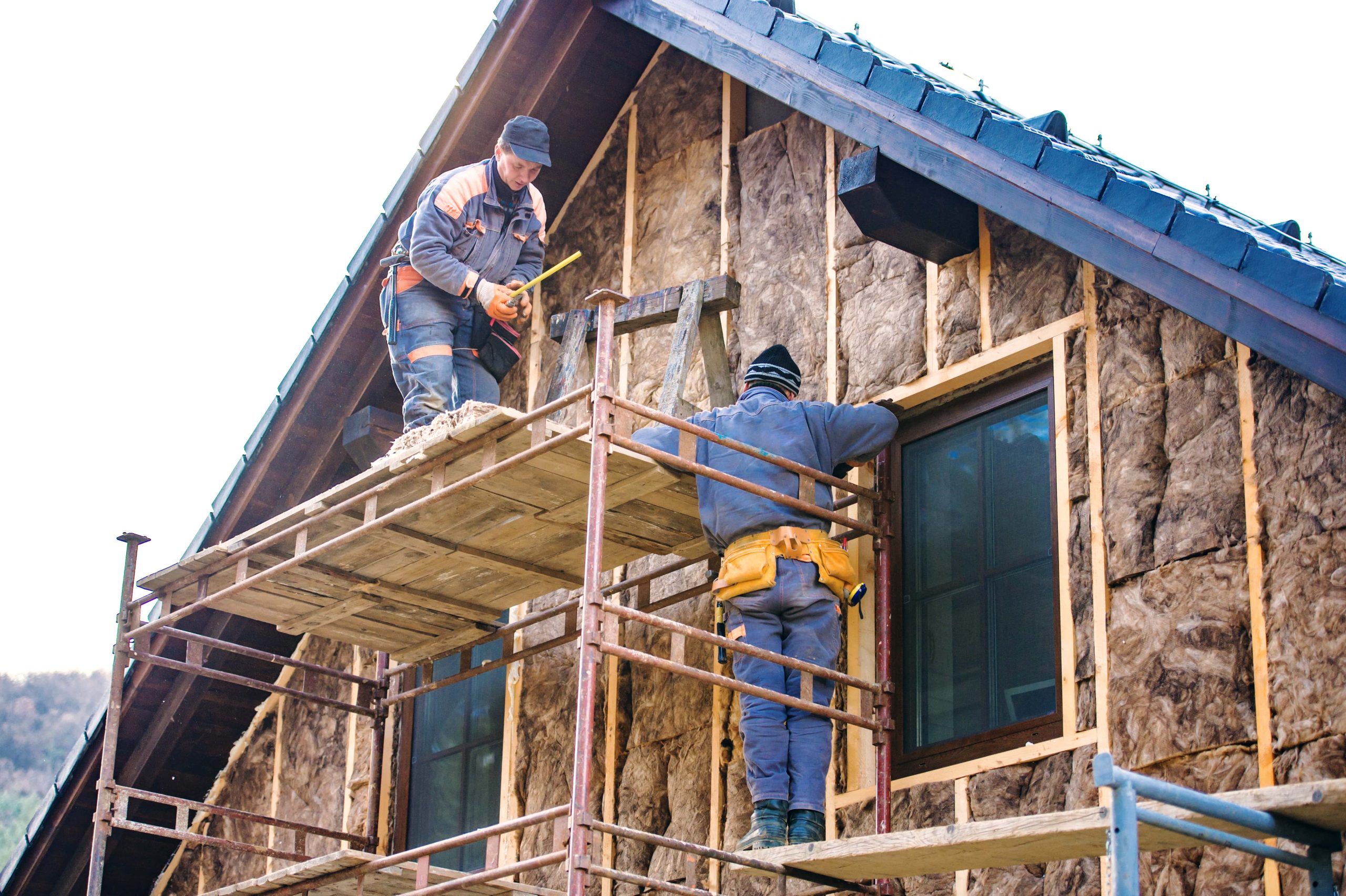A retractable awning is a versatile shading system that provides flexibility in managing outdoor spaces. It typically consists of a durable fabric canopy supported by a frame, and its key feature is the ability to extend and retract as needed. The mechanism for this functionality can vary but often involves a manual crank, a motorized system, or even automated sensors that respond to weather conditions.
What is a Retractable Awning?
A retractable awning is a shading structure that can be expanded to provide shelter from the sun or retracted to allow for more sunlight. It’s commonly installed over outdoor spaces like patios, decks, or windows, offering a customizable solution for controlling light, temperature, and ambiance.
What does Retractable Awning Do?
A retractable awning serves several purposes. It offers shade to outdoor areas, protecting individuals from the sun’s direct rays and creating a cooler environment. Additionally, it can help regulate indoor temperatures by blocking sunlight from entering windows. The retractable feature allows users to customize their outdoor experience, extending the awning for shade or retracting it to enjoy an open sky.
Features of Retractable Awning
- Flexibility: One of the primary features is flexibility. Retractable awnings can be extended to provide shade and protection when needed and retracted to allow more sunlight or an open view, offering users control over their outdoor space.
- Ease of Use: Many retractable awnings come with user-friendly mechanisms, including manual cranks or motorized options. This ease of use enhances convenience for homeowners and users.
- Weather Resistance: High-quality retractable awnings often feature weather-resistant fabrics, capable of withstanding exposure to sunlight, UV rays, and light rain. Some models also have sensors that automatically retract the awning in response to adverse weather conditions.
- UV Protection: The fabrics used in retractable awnings are designed to provide UV protection, reducing the harmful effects of direct sunlight. This feature enhances comfort and helps protect outdoor furniture and furnishings from sun damage.
- Motorization: Many retractable awnings come with motorized systems, allowing for effortless extension and retraction with the push of a button or remote control. This feature adds convenience and is especially useful for larger or hard-to-reach awnings.
- Durability: The frame and fabric materials used in retractable awnings are typically durable and resistant to wear and tear. This ensures a longer lifespan and sustained performance over time.
- Customization: Retractable awnings are available in various designs, sizes, and colors, allowing users to customize their outdoor space according to their preferences and the aesthetic of their home.
- Versatility: These awnings can be installed over different outdoor areas, including patios, decks, windows, and doorways. Their versatility makes them suitable for various architectural styles and outdoor settings.
- Energy Efficiency: By providing shade to windows and outdoor spaces, retractable awnings contribute to energy efficiency. They help reduce indoor temperatures, potentially lowering cooling costs during hot weather.
- Wind Resistance: Some retractable awnings are designed with wind resistance features, ensuring stability during breezy conditions. However, it’s important to retract the awning during strong winds to prevent potential damage.

How does Retractable Awning Work?
The working mechanism of a retractable awning depends on its design. Manual awnings typically involve a hand-crank system, where the user turns a handle to extend or retract the awning. Motorized versions use an electric motor controlled by a switch or remote, offering more convenience. Some high-end models have sensors that detect changes in weather conditions, automatically retracting the awning in the face of strong winds or rain.
How Long Can a Retractable Awning Be?
The size of a retractable awning can vary, and its length is influenced by factors such as the model, design, and intended application. Commonly, retractable awnings can span from a few feet to several meters, providing flexibility to cover both small and large outdoor areas.
Is the Retractable Awning Waterproof?
Many retractable awnings come with water-resistant or waterproof fabrics. While they can withstand light rain, it’s important to note that most retractable awnings are not designed to function as fully waterproof shelters. Prolonged exposure to heavy rain or severe weather conditions may require the awning to be retracted to prevent damage and ensure longevity.



